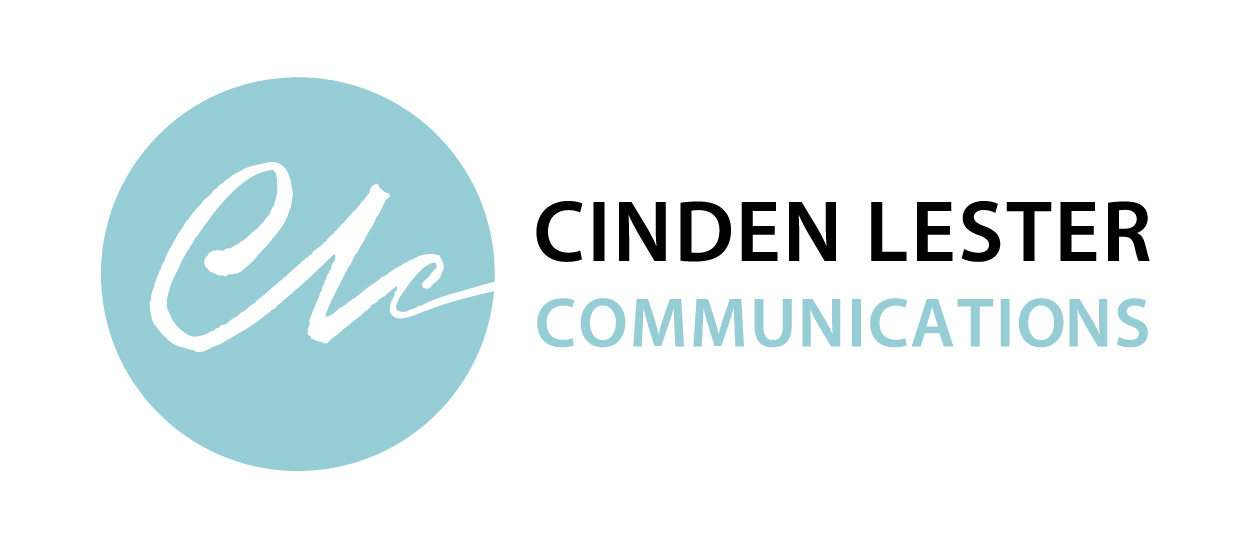 Have you ever worked on a document that got bogged down in its own content? Where your message was lost in the detail?
Have you ever worked on a document that got bogged down in its own content? Where your message was lost in the detail?
Some background or technical detail is necessary for context. But how much is enough?
Just because the information exists, doesn’t mean it has to be included. In fact, too much detail can bury the message and excessive information can obscure understanding.
Worried that your readers won’t understand without the same amount of background you have?
Don’t be. You can tell a compelling story without copious detail. Take the famous six-word novel, often attributed to Ernest Hemingway, ‘For sale: baby shoes, never worn.’ No chance of getting bogged down in anything there.
So whether your next writing task is creative or corporate (and who says it can’t be both?) remember, you can say more with less.
Here’s a checklist to help you avoid content quick sand and decide what to leave out.
1. Purpose
- Are you clear on the reason behind your writing?
- What do you want to accomplish?
- What is the main message, key point or story you need to tell?
- Can you summarise this purpose in a sentence or two and use it as your compass to stay on track?
2. Audience
- Who do you need to communicate with?
- What matters to them?
- What language, style, tone and length work best to engage them?
3. Expectations
- Have you clearly stated the document’s purpose and scope?
- Are you sense-checking as you go to make sure your document meets those expectations?
4. Context
- What does your audience already know?
- What extra information is relevant to your point?
- How much more detail is necessary for your audience to understand your point?
- For example, if your audience needs to understand the concept of gravity, would you go into detail about the gravitational formula or simply say it’s what makes the apple fall to the ground instead of floating away? (Tip: check point number 2. Audience.)
5. Layers
- Can you layer detail by moving some content to appendices or another document, or by linking online to more background information?
- For example, if you are reporting on outcomes under certain legislation, can you name the legislation and link to it, rather than explaining when it was passed or amended and quoting or paraphrasing relevant sections?
6. Visuals
- Have you thought about alternative ways to present detailed or technical information such as graphs, diagrams or infographics?
When you’re in the thick of it, deciding what to leave out can be hard. Take a step back and use the checklist to look at your work more objectively.
TOP TIP
Your point will be clearer and stronger when it’s not sinking into the surrounding detail.
| Cinden Lester has more than 25 years’ experience as a professional writer, editor and communications specialist. She worked as a broadcast journalist, in private sector marketing and public relations, and in government communications before establishing her own Canberra-based communications consultancy in 2000.
Contact Cinden if you’d like help with your communications. |

